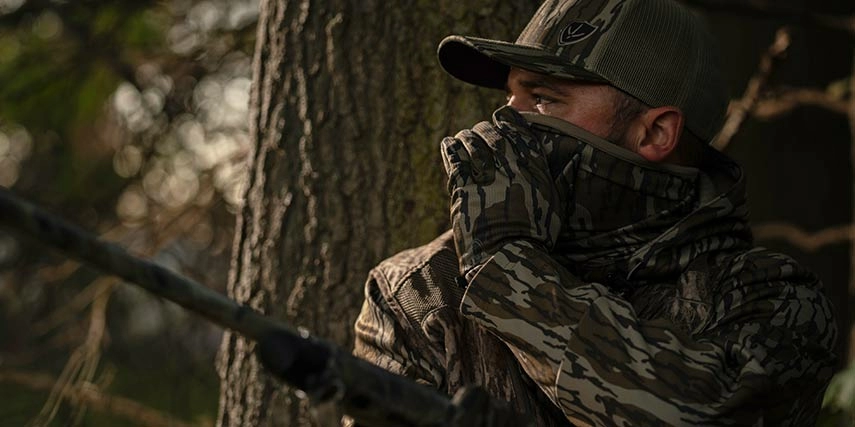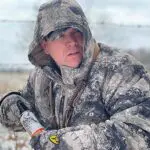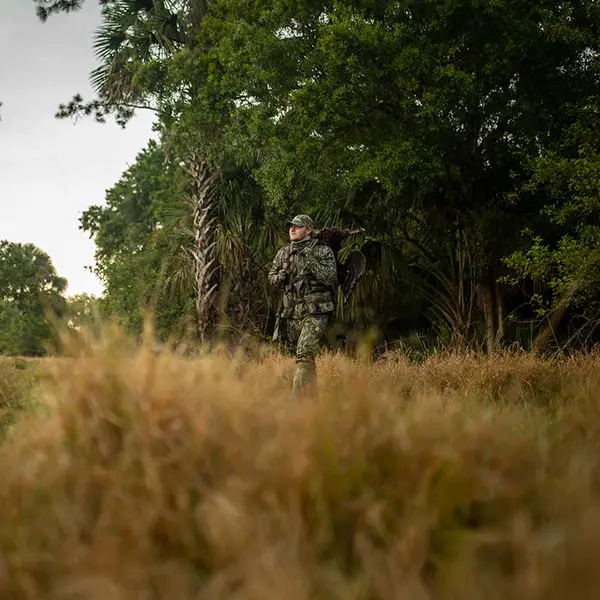As a teenager, a friend and I spent several mornings together before turkey season’s opening. Each morning before we had to be at school, we would travel the different winding dirt roads along the Mark Twain National Forrest and the Ozark Riverways in southern Missouri.
As young adults, we viewed those journeys as a fun way to start the morning. We would grab a cappuccino at the local gas station and search for the sound of turkeys gobbling as we drove and stopped along the public land roads. As older adults, we continued with the traditional joy rides and conducted some great scouting for the upcoming spring seasons. Every year, when the season began, we knew where most turkeys were located due to our many mornings of listening and scouting. As a result of our scouting, we typically harvested both of our birds each spring.
Almost every turkey hunter knows that sometimes getting a tom into close range can seem difficult or almost impossible. When I hit one of those dry spells or challenging seasons, I often revert to my younger days and return to what has worked in the past.
Scout Before Season
Scouting doesn’t mean only listening for gobbling each morning before the season. Even though listening for gobbles can help identify the areas where most gobblers are located, getting out in the woods and seeing where turkeys travel daily improves a hunter’s odds when the season arrives. Finding areas where the toms go to strut, where turkeys roost each evening, and what the hen-to-tom ratio is like are all significant factors that need to be considered when scouting. If the hunter knows a turkey’s everyday movements, they will know where to set up on the opening morning to help close the deal on a mature spring gobbler.
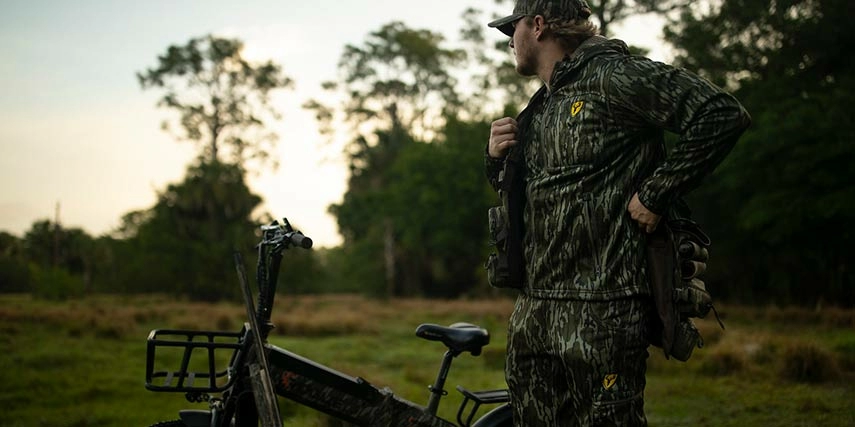
Use Locator Calls
Locator calls are one of the most overlooked tools for getting close range to a mature gobbler. Whether it is a crow, owl, peacock, or coyote call, locator calls are a sound that is not a turkey, yet when used, a tom responds by gobbling.
If hunters use locator calls to get close range to a gobbler, they are less likely to have a tom respond by coming close as it typically would with a turkey call. Getting closer before setting up to call means less distance for a tom to travel when responding, which equals less time for real hens to interrupt, or for the tom to get distracted and travel a different way. The hunter can quietly sneak into closer range by locating the tom’s location with a locator call before beginning their calling attempt with actual turkey sounds.
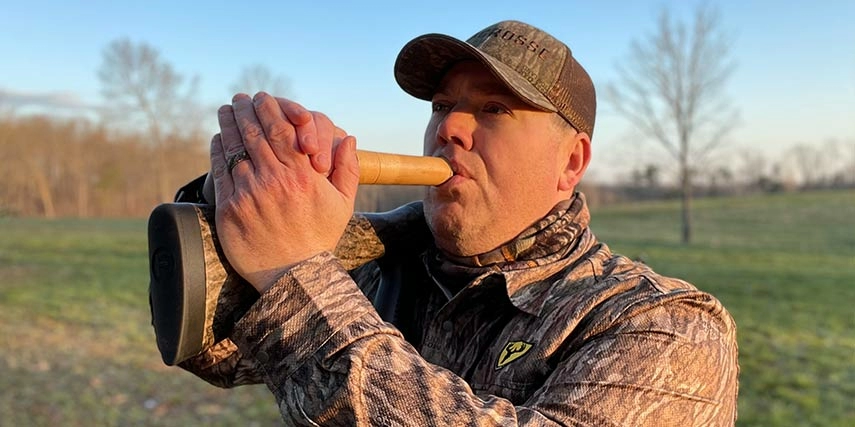
Less Is More When Calling To A Gobbler
The number one mistake that many turkey hunters make each spring is over-calling. Mother nature intends for the hen to go to the tom when responding to calling for breeding purposes during the spring. As hunters, we try to reverse the natural intentions by getting the tom to come to us. When hunters call too often, they signal to the tom that the hen is very interested in meeting up to breed. If too much calling occurs, the tom will stay put, wanting the hen to come to him. Another aggravating natural habit that turkeys perform comes in the form of responses from other hens. When a hunter calls too often, other hens pinpoint the location, allowing them to sneak in between the hunter and the tom, stealing him away.
Instead, keep calling to a minimum, the other hens will not know the exact location, and the toms will become lonely and curious, making them search for the location of the calling. Making soft purrs and clucks periodically lets the tom know the hens are still in the area, yet he will think they are not interested in his gobbling. Only call enough to get his attention; when the tom begins to commit and starts heading in the right direction, stay quiet and let him come.
